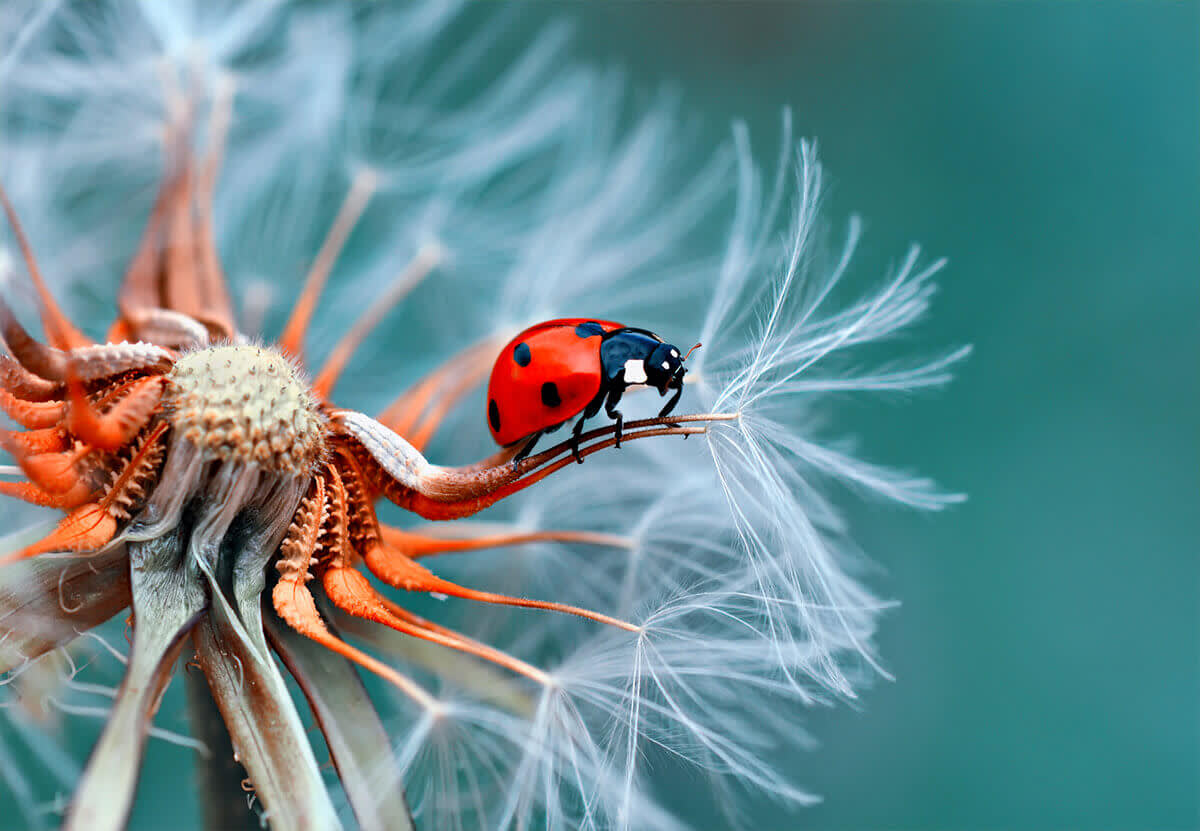One of the coolest aspects of photography is its ability to take something ridonkulously small like a bee and get so up close and personal with it that you can literally count its leg hairs. But did you know that there’s more than one type of this really close photography? This article will shed some light on the differences between macro, close-up, and micro photography for all those of you who are interested in capturing all those teeny dancing angels that live on pinheads (or just like looking at them).
Magnification ratio and macro photography

To understand the difference between macro, micro, and close-up photography, the most important thing to understand is magnification ratio. Magnification ratio is just a fancy way of gauging how big your subject is in relation to how big it appears in your camera’s sensor. (The camera sensor determines how big a photo renders and can affect everything from how large you can scale your photo to how big it appears in your viewfinder.)True macro photography is anything that has a magnification ratio of at least 1:1 – meaning that if the coin you’re shooting in real life is two centimeters in diameter, it will look exactly that big to your camera’s sensor. Macro photography can also make the image appear several times bigger than it actually is in real life.
Close-up photography

Most point and shoot cameras have a setting called “Macro” that lets you focus in on something small or look at a small area in great detail. This is a neat feature, but it falls more under close-up photography than it does true macro photography, because its magnification ratio will not get as high as 1:1 without the help of a macro lens.Any time the magnification ratio is less than 1:1 (meaning it could be 1:2, 1:3, 1:100, 1:1000, etc. etc.) it will fall under close-up photography instead of macro photography. The first number in the ratio (the 1) represents how big the object appears on your camera sensor. The second number represents how large it is in real life. So if you take a picture of your dog and the magnification ratio is 1:1000, Fido is 1,000 times bigger in real life than he appears on your camera sensor.
Macro vs. micro lenses
Okay, so… What’s the difference between a macro and a micro lens? You’d think that a macro lens is what you use to shoot macro photography and a micro lens is what you use to shoot micro photography, but that would be too easy, wouldn’t it? It turns out that macro and micro lenses are actually different names for the same thing and they both refer to lenses that you’d use to shoot macro photography.Canon calls their macro photography lenses “macro lenses” and Nikon calls them “micro lenses.” Go figure.
Micro photography

So if you don’t use a micro lens for micro photography, what do you use? A microscope, actually.Micro photography refers to anything with a magnification ratio of 20:1 or greater. That’s right – it looks at least twenty times bigger on your camera’s sensor than it does in real life. This isn’t a type of photography that most people are ever going to use in their daily lives. You basically connect your camera to a microscope and take pictures of hemoglobin or miniature soap bubbles or anything else you can fit in there.
